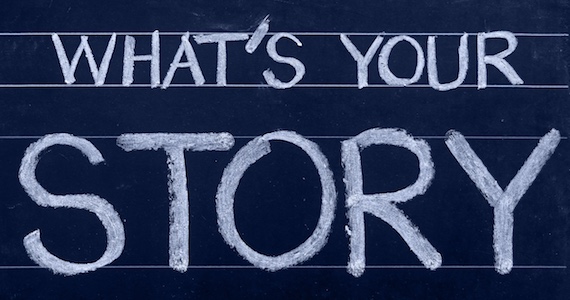“What was it like when you were growing up?” Remember when you asked an older relative that? Remember your enjoyment hearing the anecdotes; being amazed at learning something astounding about this person you thought you knew well?

We’re endlessly fascinated by the successes, failures and adventures of our forebears. Unfortunately, most of us only learn about them long after our loved ones have departed.
How much warmer would be the experience if you could read their life story while they were still alive?
Or what about you? Everyone has a story! Sadly, most of us don’t believe our stories are interesting. Perhaps we don’t know how to begin writing or what to do next.
The first step is to make the commitment. What comes next is:
Planning
Ask yourself:
-
What will I say and how will I say it? For example, will I start like David Copperfield in Dickens’s classic, “I am born …” and work from there? Or use an anecdotal style, i.e. each chapter being a short story in its own right?
-
Will I date each chapter like a diary, or will it flow as a personal narrative?
-
Who is my audience? Will my story be available for general consumption, copies in the local library, history societies, etc., or only family and friends?
Answering these questions will help you understand the ‘voice’ of your story and how to structure it.
Researching
Memories can fail, often recalling events differently from others, so gather your evidence.
Family photographs, letters, heirlooms and nostalgia are all important and don’t forget family genealogy charts!
Interview relatives and friends, and include sources and supplementary information to add context and bring the story alive.
All of these things can trigger memories and validate facts.
Writing
You don’t need fancy software – you won’t even need a computer if that’s not your thing. Just grab pen and paper and write!
Life stories traditionally use the third person, that is, “he went”, “she said”, etc. In general, only use “I” if you’re writing an autobiography.
A life story is a record of details – it’s quite different.
After completing the first draft, review it.
Then, review it again.
If you’re planning to share your story with the world, the next steps are:
Editing
Even literary geniuses make grammatical and spelling mistakes. It’s imperative to have your work professionally edited.
Good editors can be costly – often charging by number of words, although some will negotiate.
Search, ‘editors and proof-readers’ online for a reputable editor. Writing societies or the Australian Society of Authors can be helpful too.
Publishing
Small independent publishing companies that offer publishing packages can be the most efficient way to go. Prices depend on package inclusions and start from around $3,000.
Basic packages generally include:
-
cover design,
-
back cover design,
-
ISBN
-
copy layout
-
social media setup
-
author support.
Printing
ePublishing is popular, but might be impractical for sharing with friends and family. Printing is pricey and usually not included in your publishing package. Shop around.
And finally, it’s ready to share
The hard work is done. The project owes you time and money that you’re unlikely to get back, but all is forgotten when your very own book is in your hands.
Hold a launch party! Invite family, friends and anyone remotely involved and enjoy your accomplishment. It’s something people often talk about, but very few achieve.
And in years to come, when memories are all that remain, many will thank you for sharing your story.
Any information provided by the author detailed above is separate and external to our business and our Licensee. Neither our business, nor our Licensee take any responsibility for any action or any service provided by the author.
Any links have been provided with permission for information purposes only and will take you to external websites, which are not connected to our company in any way. Note: Our company does not endorse and is not responsible for the accuracy of the contents/information contained within the linked site(s) accessible from this page.
